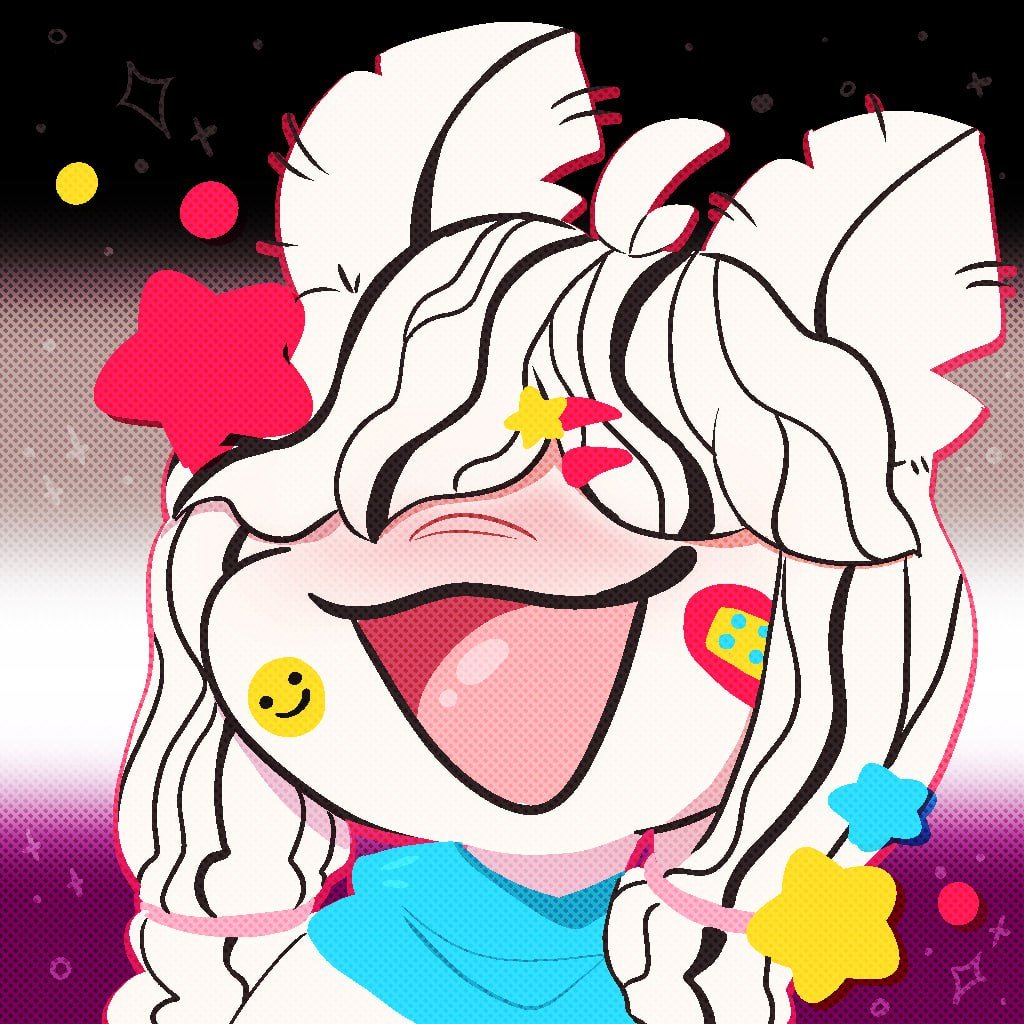Protontricks can help for some games. Personally I used it to install Openplanet for Trackmania which doesn’t have any sort of explicit Linux support specified.
What Protontricks does is allow you to run installation files within the context of a steam game, as you mentioned. Simply launch Protontricks and select the game you’re trying to modify and it will mount it properly for you. Then choose “Run an arbitrary executable (.exe/.msi/.msu)” and proceed to run the installer as you would normally.
Sometimes the path can still be a bit janky. For example when Openplanet wanted to install to the Trackmania directory as mounted through Protontricks, I had to specify: Z:\home<USERNAME>.steam\steam\steamapps\common\Trackmania.






Good write up!
For my own perspective, I’d like to add that I think they’re all worth playing even if you don’t stick them out. I think Castlevania is one of my favorite series to discuss from a media literacy standpoint because it’s easy to the ideas as they evolved over the different games. You don’t even necessarily need to attempt to tackle them in chronological order because the old ones still have a direct and simple charm to them, if that’s your thing.
While Metroidvania has half of Castlevania in it (and all of Metroid), outside of Igarashi’s contribution the series didn’t show a whole lot of interest in following through on a lot of those ideas, especially as it attempted to break into 3D. Curse of Darkness was perhaps the closest, but still not very. It doesn’t surprise me that Igarashi broke off on his own eventually and now does Bloodstained. I think it’s fitting, it’s a good thing to give him his own series (while still holding clear inspirations) and let him do his thing.
I was never a fan of Lords of Shadow and for the longest time I couldn’t quite put my finger on why. As you state, the series is loosely defined as “gothic action with Dracula” so to say something isn’t a “true” Castlevania feels disingenuous. Especially when it was so open to remaking and reinventing itself prior, so what difference is another reboot? There was a clear conversation or thread of design going through the early series up to that point and Lords just kind of tosses all that aside to go in on game design of the day. God of War as you put it. I don’t want to say it’s a bad game or shame you for liking it, but it’s just a bit too far of an outlier for me to really embrace in a meaningful way
OP, you did not mention Vampire Survivors. HAVE YOU PLAYED VAMPIRE SURVIVORS?!
I initially wrote it off because it didn’t look like the kind of game I was into, but the “we have Castlevania at home” vibe is very much intentional and endearing. We 💜 you Antonio Belpaese! For $4 the game looks like a flashy mess, but it hits all the dopamine receptors in just the right way and the metagame of unlocking all the secrets is incredibly satisfying.
Which doesn’t even get into the Castlevania DLC where Konami actually gave them assistance and let them use that delightfully crunchy authentic sprite art. The ending of the DLC (completing Richter’s scenario) legitimately had me in tears, it’s so good and the kind of love letter/wrap up to the series that Konami was never going to give us. Please don’t skip this entry! 😭